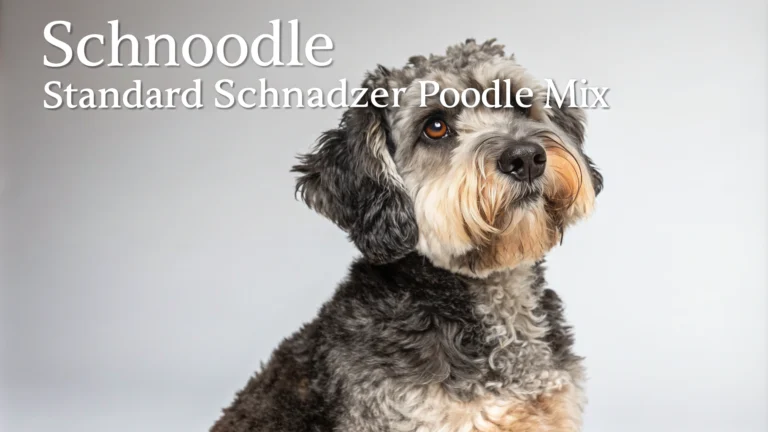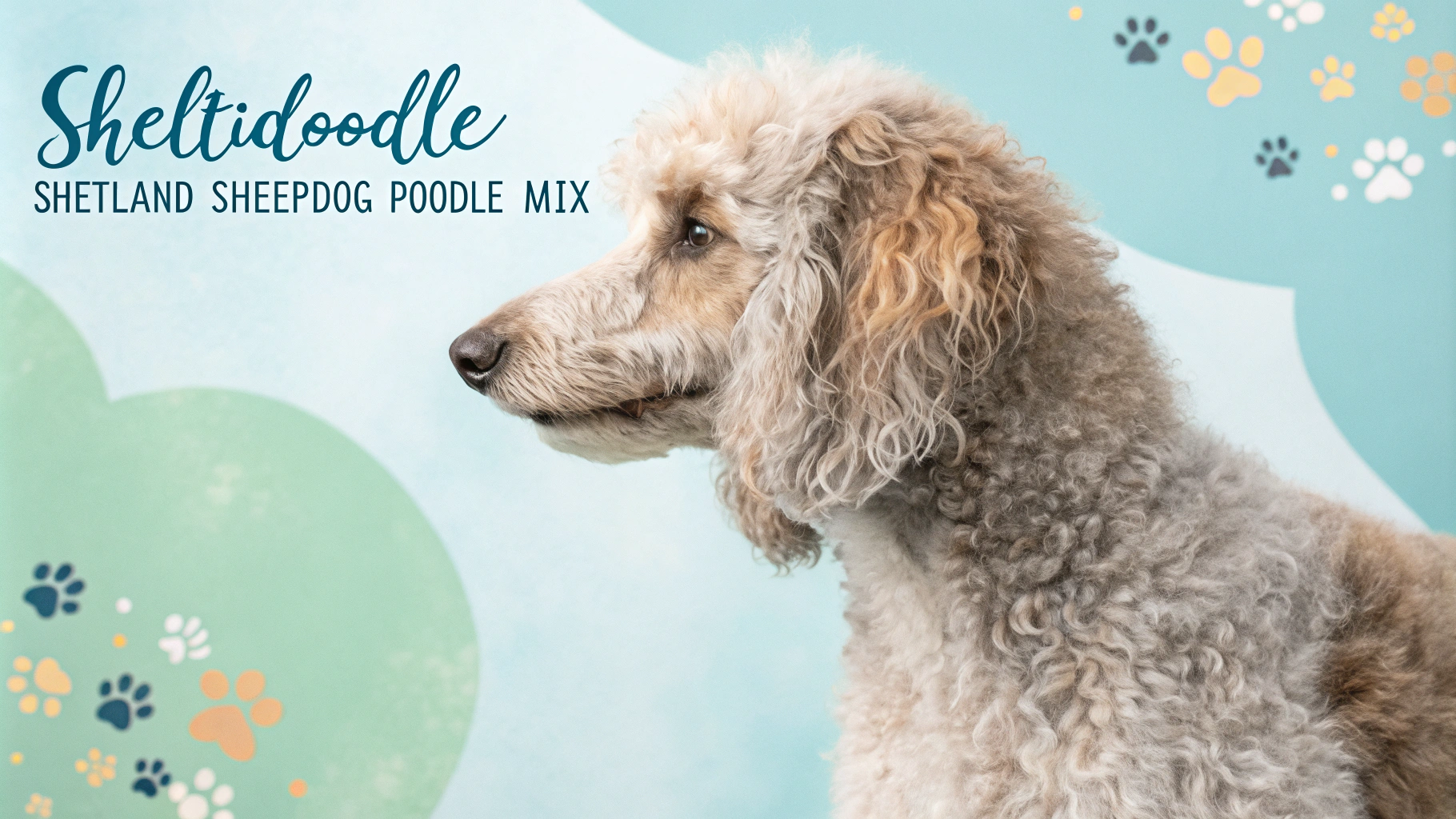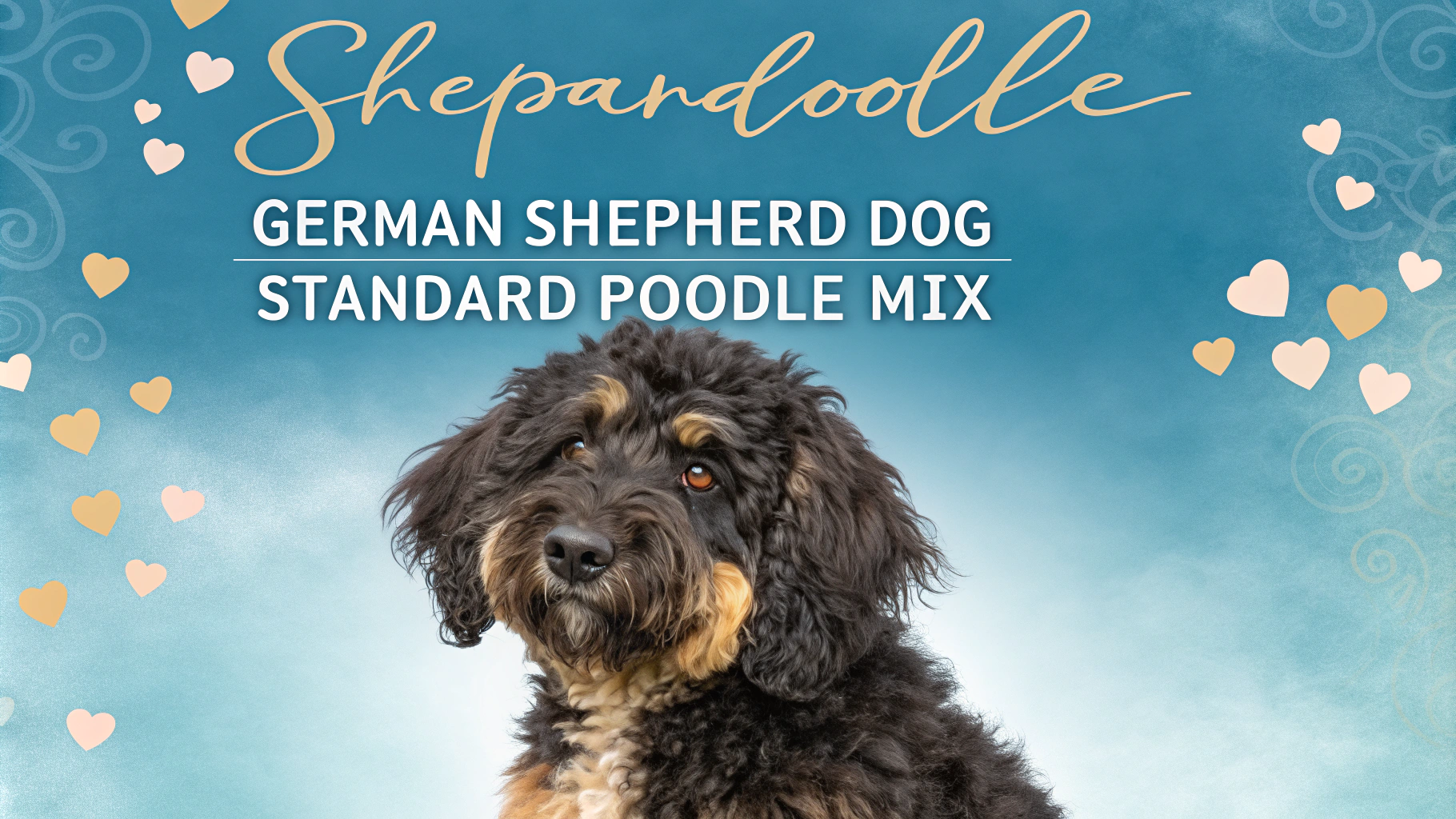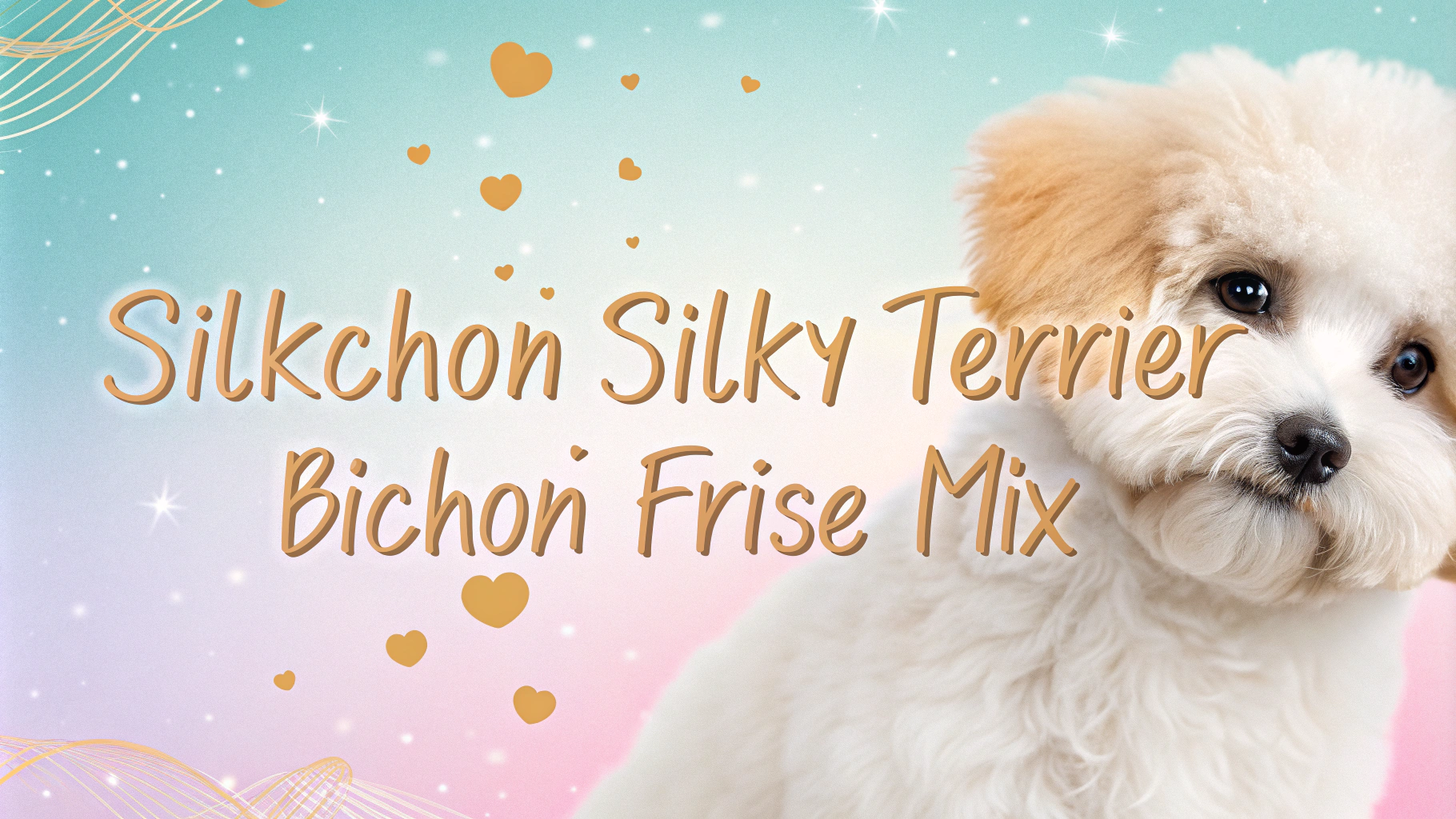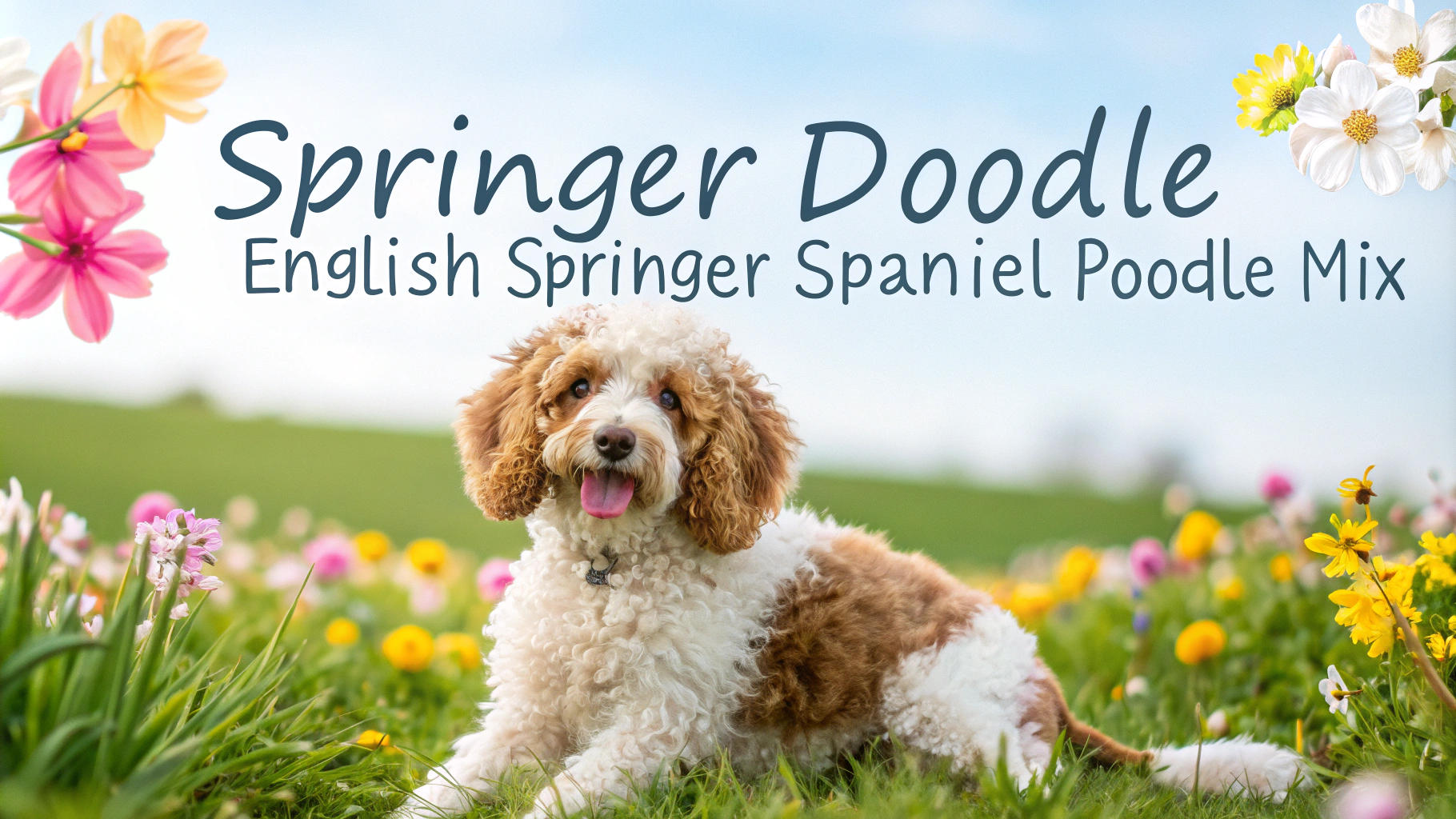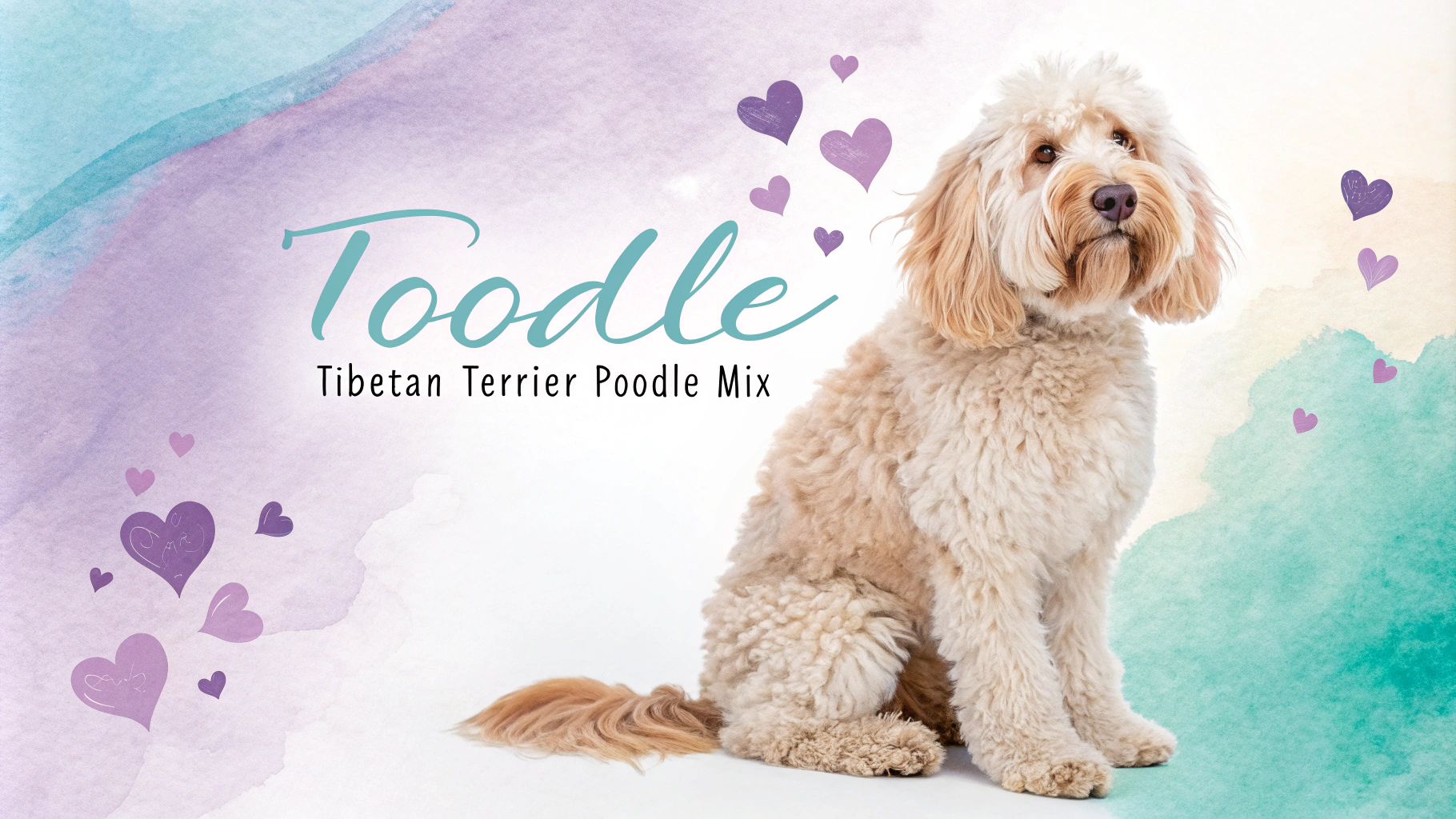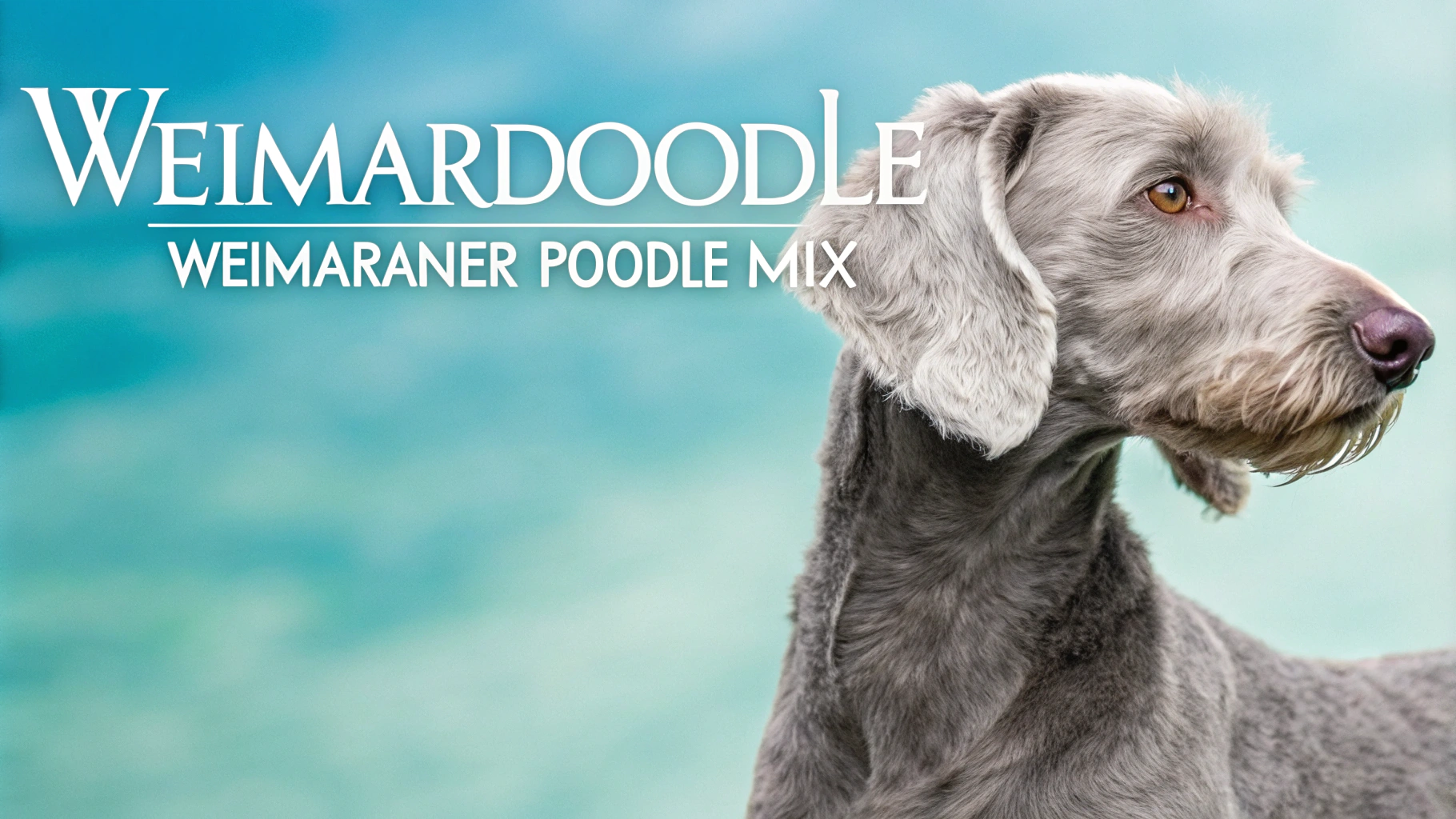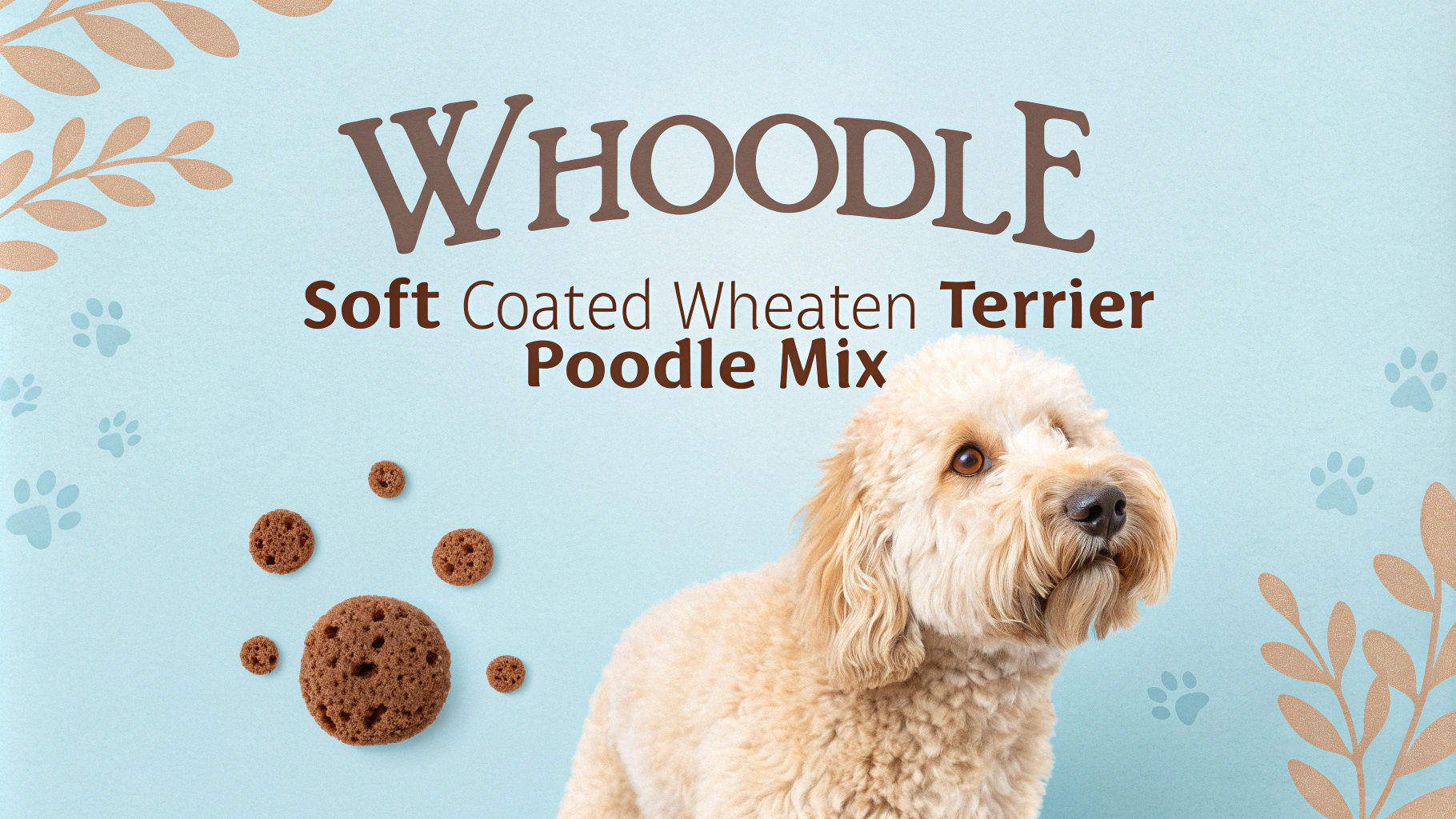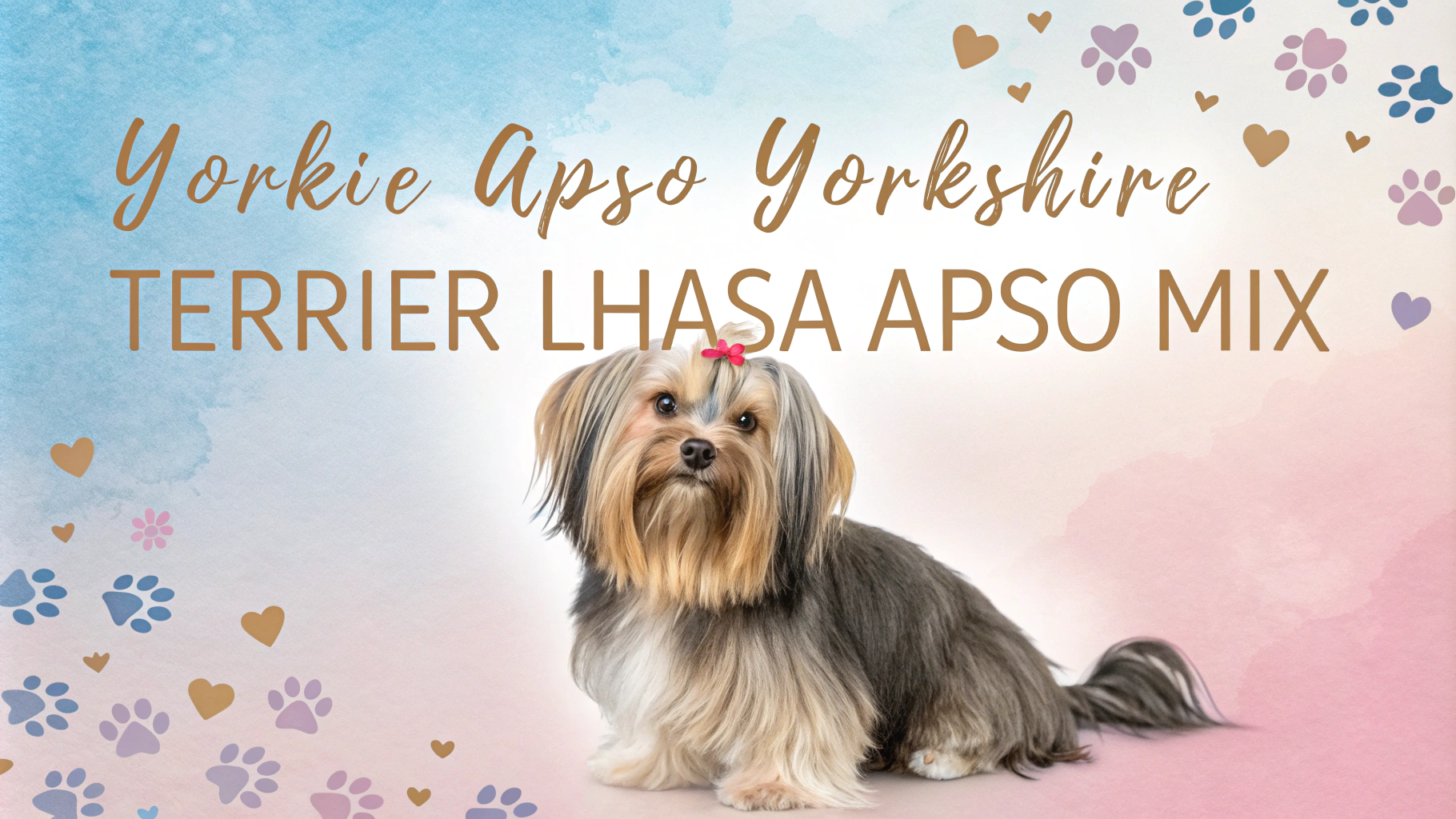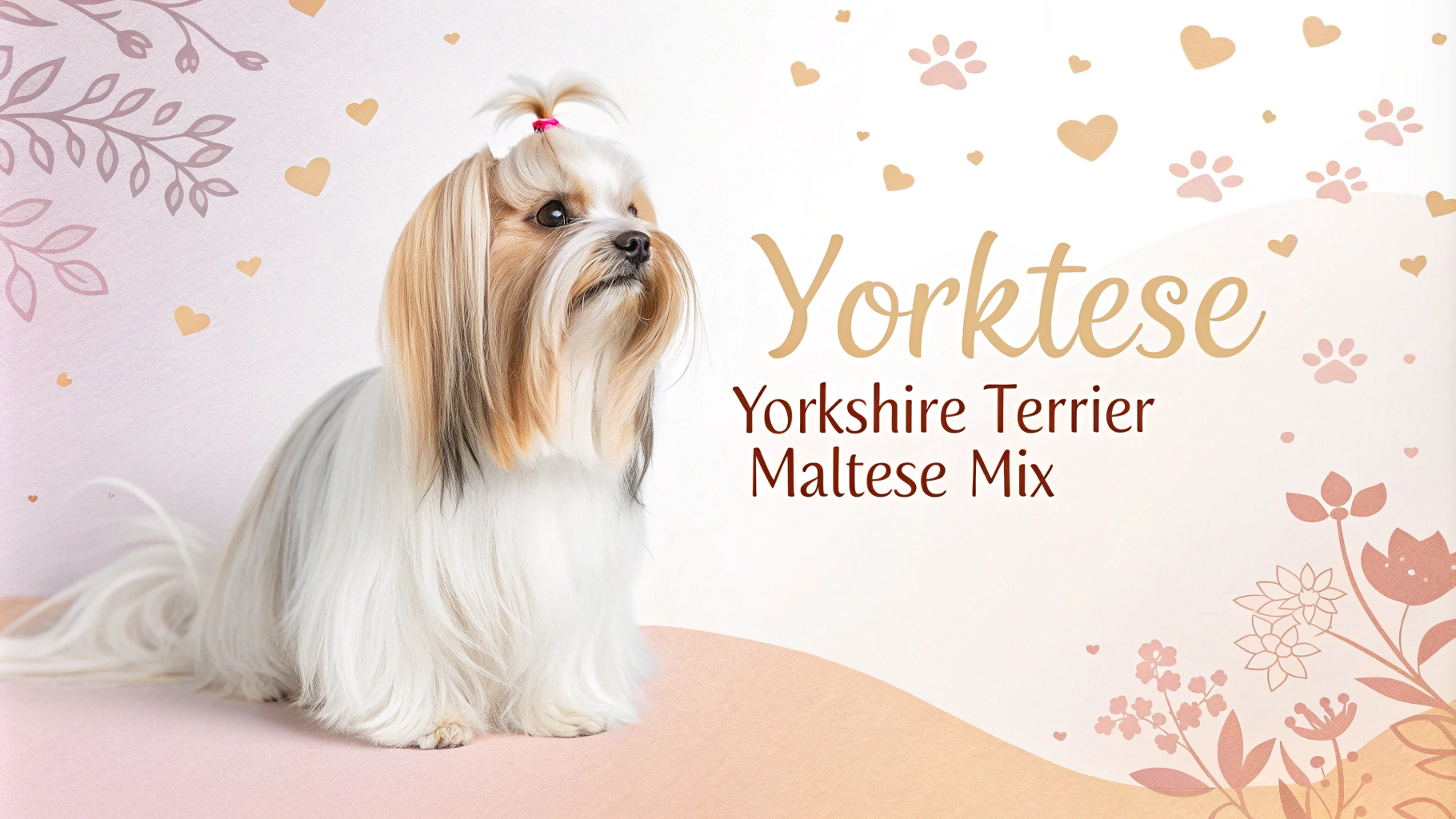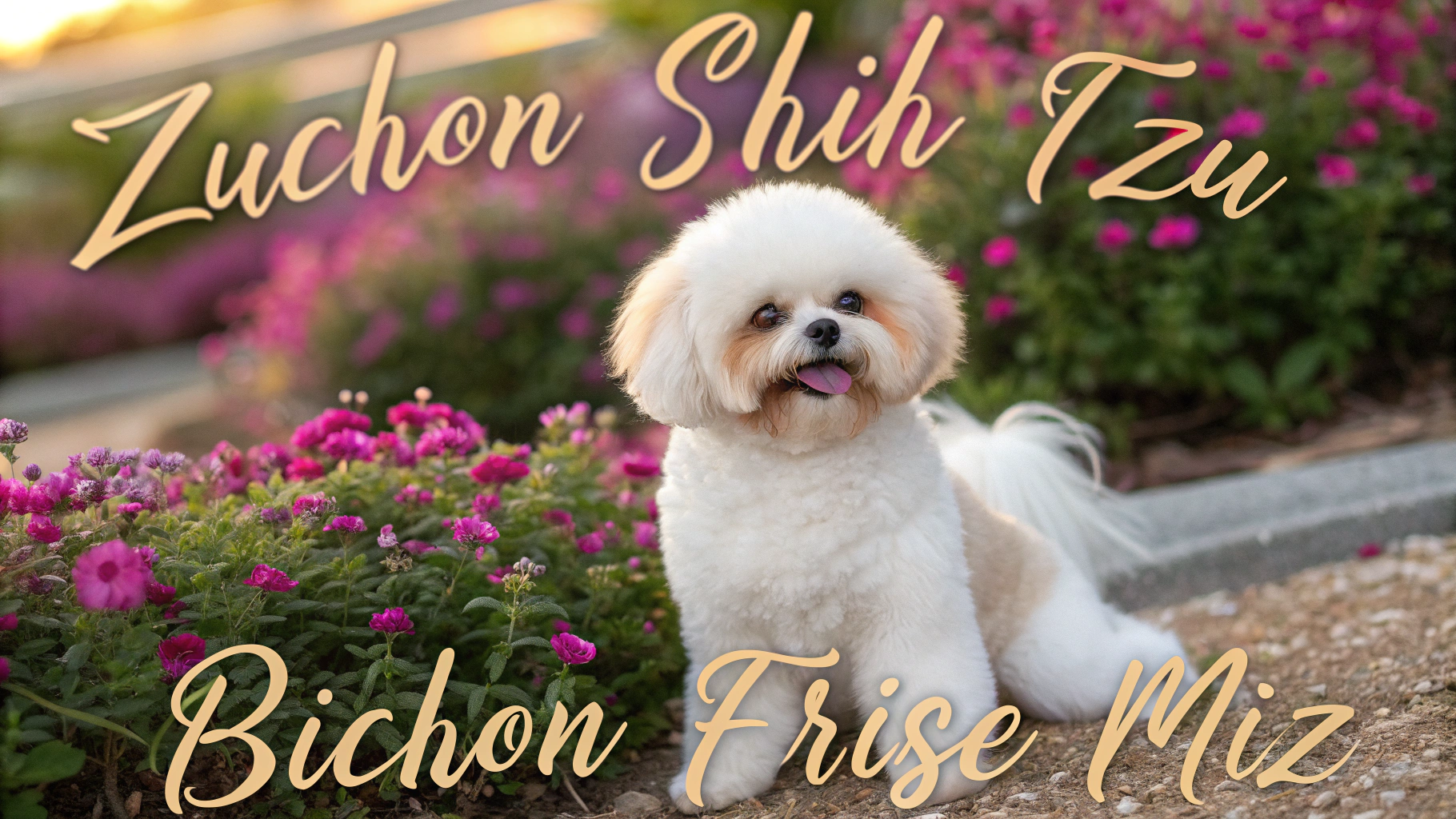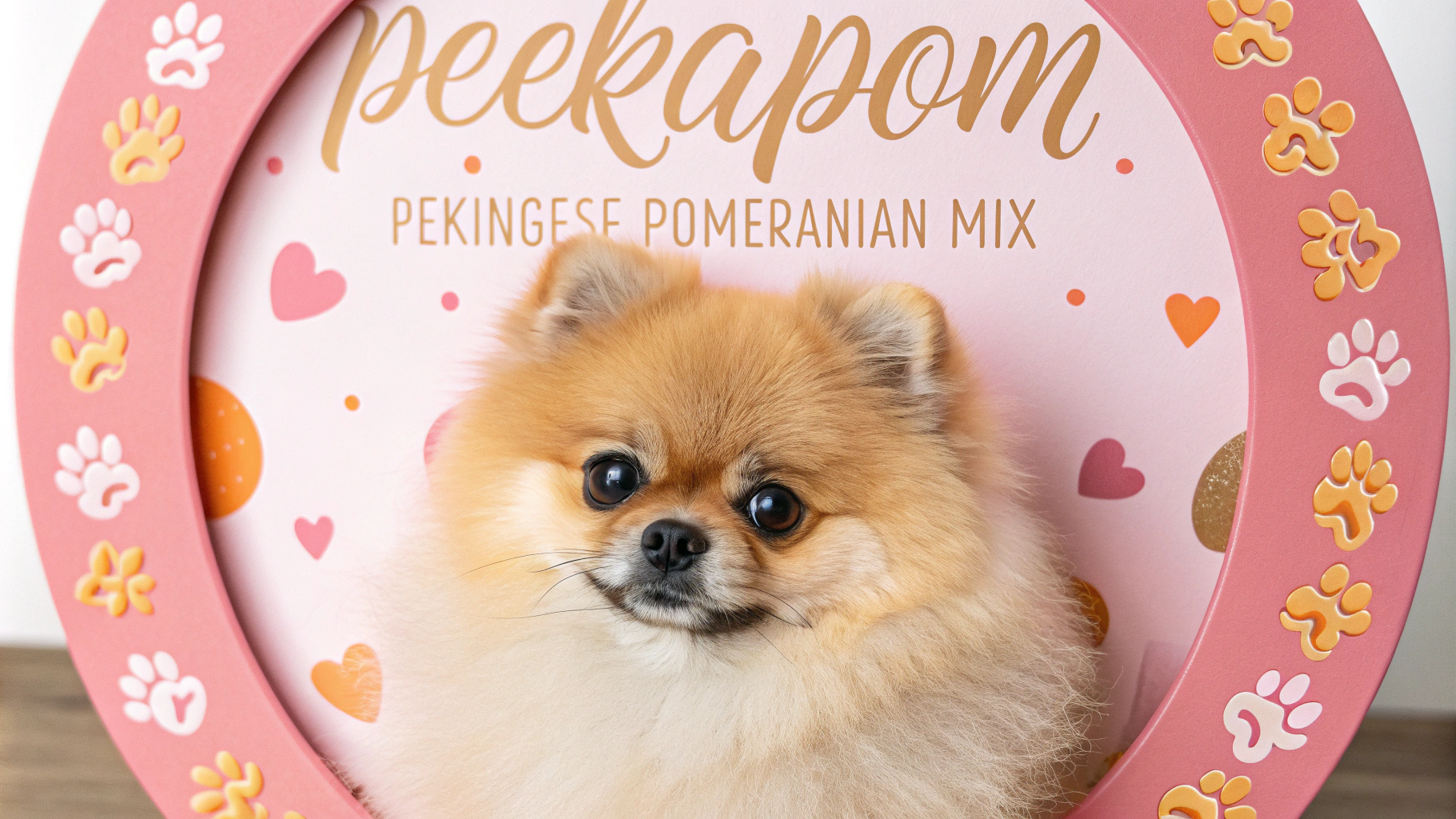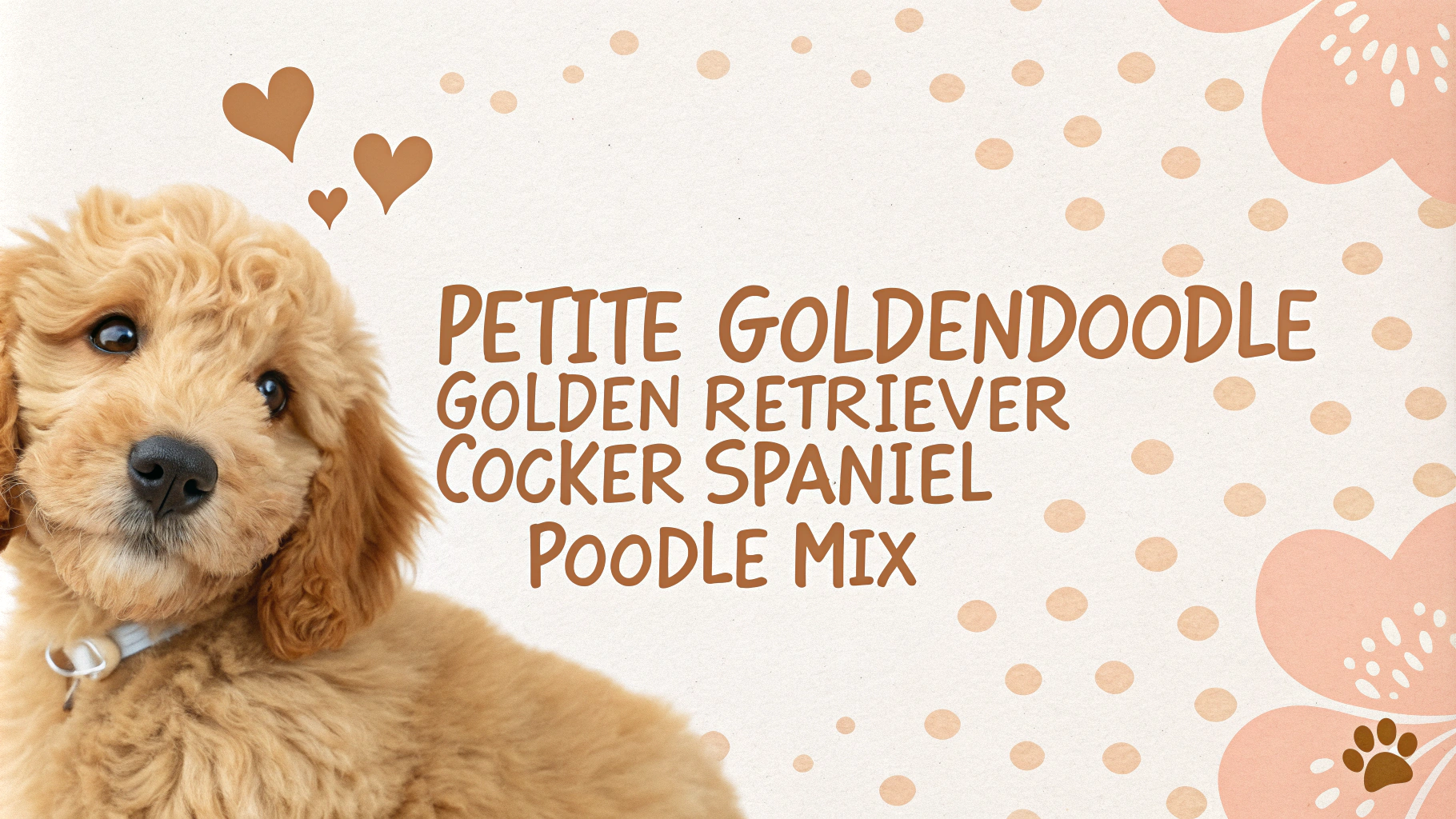The Schnoodle is a popular designer dog breed that combines the Standard Schnauzer and the Poodle. This hybrid dog inherits traits from both parent breeds, resulting in an intelligent, affectionate, and energetic companion. Schnoodles are known for their low-shedding coats, making them a popular choice for allergy sufferers. Their size can vary depending on the Poodle parent used in breeding, but Standard Schnoodles are typically medium to large dogs.
Key Facts
- Life Span: 12-15 years
- Weight: 20-75 pounds
- Height: 15-26 inches
- Coat: Wavy to curly, low-shedding
- Colors: Black, white, gray, brown, or a combination
- Temperament: Intelligent, playful, and affectionate
- Good with Children: Yes, when properly socialized
- Good with Other Pets: Generally yes, but early socialization is important
- Exercise Needs: Moderate to high
- Trainability: High due to intelligence and eagerness to please
Character Traits
Schnoodles are known for their friendly and outgoing personalities, inheriting the best traits from both parent breeds. They are highly intelligent, thanks to their Poodle lineage, which makes them quick learners and excellent problem-solvers. The Schnauzer influence contributes to their alertness and protective nature, making them good watchdogs without being overly aggressive.
These dogs are typically energetic and playful, enjoying activities that challenge them both mentally and physically. They form strong bonds with their families and are known to be affectionate and loving companions. Schnoodles are generally good with children and can get along well with other pets when properly socialized.
Their adaptable nature allows them to thrive in various living situations, from apartments to houses with yards, as long as they receive adequate exercise and mental stimulation. Schnoodles are often described as having a sense of humor and enjoy entertaining their families with their antics.
While they are generally friendly, Schnoodles can sometimes inherit the Schnauzer’s tendency to be a bit stubborn or independent. Early training and consistent socialization can help mitigate any potential behavioral issues. Overall, Schnoodles are known for being loyal, loving, and fun-loving dogs that make excellent family pets for active households.
History & Origins
The Schnoodle is a relatively new designer dog breed, likely originating in the United States in the 1980s, although the exact date of their first intentional breeding is unclear. Like many designer breeds, Schnoodles were created to combine the desirable traits of two popular purebred dogs: the Standard Schnauzer and the Poodle.
The Standard Schnauzer, originating in Germany in the 15th century, was initially bred as a versatile farm dog, capable of guarding property, herding livestock, and hunting vermin. On the other hand, the Poodle, despite its association with France, actually originated in Germany as a water retriever for hunters. Poodles later gained popularity as companion dogs and circus performers due to their high intelligence and trainability.
The aim in creating the Schnoodle was to produce a dog that combined the Schnauzer’s protective nature and robust health with the Poodle’s intelligence and hypoallergenic coat. As the popularity of designer breeds increased in the late 20th and early 21st centuries, Schnoodles gained favor among dog enthusiasts looking for a smart, affectionate, and low-shedding companion.
While Schnoodles are not recognized by major kennel clubs as a standardized breed, they have gained recognition from some designer breed registries. The popularity of Schnoodles has led to variations in size, depending on whether Standard, Miniature, or Toy Poodles are used in breeding. Today, Schnoodles continue to be bred and cherished as family pets, combining the best qualities of their parent breeds into a lovable and adaptable companion.
Health Concerns
Schnoodles generally benefit from hybrid vigor, but may still inherit health issues from their parent breeds. Common concerns include:
- Hip dysplasia: A genetic condition affecting the hip joint
- Progressive retinal atrophy (PRA): An inherited eye disorder that can lead to blindness
- Addison’s disease: A hormonal disorder affecting the adrenal glands
- Bloat: A potentially life-threatening condition where the stomach fills with gas and twists
- Skin allergies: Can lead to itching, rashes, and other skin problems
Regular veterinary check-ups, genetic testing, and proper care can help mitigate these health risks. It’s crucial to obtain a Schnoodle from a reputable breeder who conducts health screenings on their breeding dogs.
Exercise Needs
Schnoodles are energetic dogs that require regular exercise to maintain their physical and mental well-being. They typically need:
- 60-90 minutes of daily exercise
- A mix of walks, playtime, and mental stimulation
- Off-leash time in a secure area to run and explore
Activities well-suited for Schnoodles include:
- Fetch
- Agility training
- Swimming (if they enjoy water)
- Puzzle toys for mental stimulation
Regular exercise helps prevent boredom and destructive behaviors. It’s important to adjust the exercise routine based on the individual dog’s age, size, and energy level.
Space Requirements
Schnoodles can adapt to various living situations, but their space requirements depend on their size and energy level. Generally:
- Apartment living: Possible with sufficient exercise, but may not be ideal for larger Schnoodles
- House with a yard: Preferable, especially for Standard Schnoodles
- Indoor space: Should have enough room to move around comfortably and play
- Outdoor access: A securely fenced yard is beneficial but not essential if daily walks are provided
Regardless of living space, Schnoodles need a comfortable resting area, access to fresh water, and toys for mental stimulation. They thrive on human companionship and should not be left alone for extended periods.
Nutrition & Feeding
A balanced diet is crucial for maintaining a Schnoodle’s health and energy levels. Key considerations include:
- High-quality dog food: Choose a brand appropriate for the dog’s size, age, and activity level
- Portion control: Follow feeding guidelines to prevent obesity
- Meal frequency: Generally, 2-3 meals per day for adult Schnoodles
- Fresh water: Always available
Specific nutritional needs may vary based on the individual dog’s size, age, and health status. Consult with a veterinarian to determine the best diet plan. Some Schnoodles may have food sensitivities or allergies, so monitor for any adverse reactions when introducing new foods. Avoid feeding table scraps or foods toxic to dogs, such as chocolate, grapes, and onions.
Grooming Tips
Schnoodles typically require regular grooming to maintain their coat and overall health. The frequency and intensity of grooming depend on which parent breed’s coat the Schnoodle inherits more strongly. Generally, they need brushing 2-3 times a week to prevent matting and tangling, especially if they have a curlier coat. Professional grooming every 6-8 weeks is recommended for coat trimming and shaping.
Regular grooming routine should include:
- Brushing: Use a slicker brush or metal comb to remove tangles and loose hair.
- Bathing: Bathe your Schnoodle every 4-6 weeks or as needed, using a dog-specific shampoo.
- Ear cleaning: Check and clean ears weekly to prevent infections, especially if the ears are floppy.
- Nail trimming: Clip nails every 2-3 weeks or as needed to prevent overgrowth and discomfort.
- Teeth cleaning: Brush teeth 2-3 times a week to maintain good oral hygiene.
Pay special attention to the facial hair around the mouth and eyes, keeping it trimmed to prevent irritation and maintain hygiene. If your Schnoodle has a beard, clean it regularly to prevent food and debris buildup. During shedding seasons, which may be minimal due to the Poodle influence, increase brushing frequency to manage loose hair.
Training Approach
Schnoodles are intelligent and eager to please, making them generally easy to train. They inherit the Poodle’s high intelligence and the Standard Schnauzer’s quick learning ability. A positive reinforcement-based training approach works best for this breed. Consistency, patience, and early socialization are key to raising a well-behaved Schnoodle.
Effective training techniques include:
- Positive reinforcement: Use treats, praise, and play as rewards for good behavior.
- Short, frequent sessions: Keep training sessions to 10-15 minutes to maintain focus and engagement.
- Early socialization: Expose your Schnoodle to various people, animals, and environments from a young age.
- Mental stimulation: Incorporate puzzle toys and interactive games to challenge their intelligence.
- Obedience training: Start with basic commands like sit, stay, come, and progress to more advanced skills.
Schnoodles may exhibit some stubbornness, particularly if they take after their Schnauzer parent. In such cases, maintain a firm but gentle approach, and avoid harsh corrections. Crate training can be beneficial for housebreaking and providing a safe space. Schnoodles excel in various dog sports and activities, such as agility, obedience trials, and therapy work, which can be excellent outlets for their energy and intelligence.
